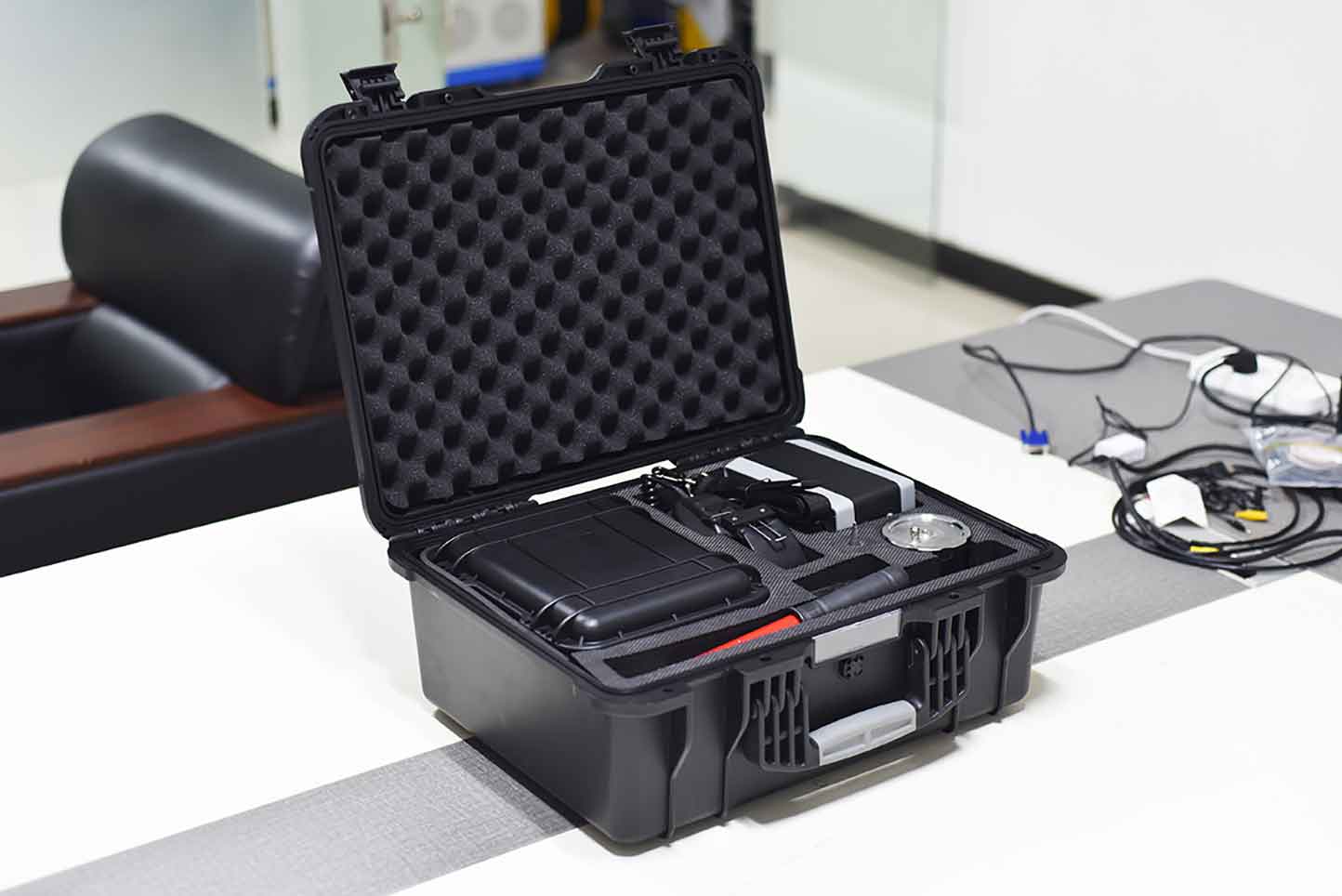Cable fault tester is a professional equipment used to detect and locate faults in power cables, such as short circuits, open circuits, insulation damage, etc. It achieves rapid positioning and judgment of cable faults by utilizing electromagnetic wave propagation characteristics and reflection phenomena, combined with specific testing techniques and signal processing methods. The following will provide a detailed introduction to the working principle and precautions of the cable fault tester.
1、 Working principle
The working principle of a cable fault tester mainly involves signal injection, propagation, and reception of cables, as well as related processing of fault location.
Signal injection:
Inject a specific frequency or pulse signal into the cable to be tested through a testing instrument.
Signal propagation:
The signal propagates in the cable, and when it encounters a fault point, it will cause changes in the signal through reflection or refraction.
Signal reception:
The testing instrument receives reflected or refracted signals and amplifies, samples, and processes them.
Fault location:
Based on signal characteristics and processing results, use methods such as time domain reflection and frequency domain analysis to determine the fault location.
2、 When operating the cable fault tester, the following precautions should be taken:
Safe operation:
Before conducting any testing, ensure compliance with relevant safety operating procedures. Disconnect the power supply of the cable to ensure the safety of the testing area. Wear appropriate personal protective equipment, such as insulated gloves and goggles.
Equipment connection:
Correctly connect the testing instrument and the cable to be tested. According to the user manual of the testing instrument, ensure that the connection is firm and reliable. Check if the wiring is correct to avoid testing errors caused by poor contact.
Parameter setting:
Set the relevant parameters of the testing instrument, such as testing frequency, testing voltage, etc., based on actual testing requirements and equipment models. Ensure that the parameter settings match the characteristics of the cable being tested.
Environmental conditions:
Create an appropriate testing environment to minimize the impact of environmental conditions on test results. Avoid factors such as electromagnetic interference, temperature changes, and humidity effects.
Maintain stable state:
Before conducting testing, ensure that the cable under test is in a stable state. Wait enough time for the cable temperature to stabilize and meet the required conditions for testing.
Probe position:
Ensure that the receiving probe of the testing instrument is in correct contact with the cable. Verify good contact of the probe to avoid inaccurate test results caused by positional deviation.
Record testing parameters and results:
Record key information such as date, time, testing location, cable identification, testing parameters, etc. Record the test results in detail, including impedance, fault location, etc., for future analysis and reporting.
Data processing and analysis:
Conduct appropriate data processing and analysis of test results to determine the type and location of cable faults. Compare with historical data or standard values to provide a reasonable interpretation of the results.
Equipment maintenance and calibration:
Regularly maintain and calibrate testing instruments to ensure their stability and accuracy. Follow the maintenance manual and recommendations of the equipment for operation.
Operating procedures and training:
Familiarize oneself with and comply with relevant operating procedures. Participate in relevant training courses to ensure that you have the correct skills and knowledge to operate cable fault testers proficiently.
The above are the operating precautions to pay attention to when operating the cable fault tester. Before conducting the test, the user manual of the testing instrument should be carefully read and the on-site safety regulations should be followed to ensure the accuracy and safety of the test. If you lack relevant experience or technical knowledge, it is recommended to seek professional guidance and assistance.

The ZC-700A cable fault tester consists of three parts: flash testing, tracing, and positioning. It can be used to detect low resistance, high resistance, short circuit, open circuit, leakage faults, and flashover faults of various cables. It can accurately detect the fault location, cable length, and cable burial path of underground cables. It has the characteristics of accurate testing, high intelligence, wide adaptability, stable performance, and lightweight portability. The instrument adopts a Chinese character system with high-definition display and a user-friendly interface.
Kvtester Electronics Technology Co.,Ltd. is a high-tech enterprise specializing in power testing, testing, research and development, production, and sales of testing equipment. It has been engaged in the electrical testing industry for many years, and its products are of high quality. We welcome customers to come and purchase.





